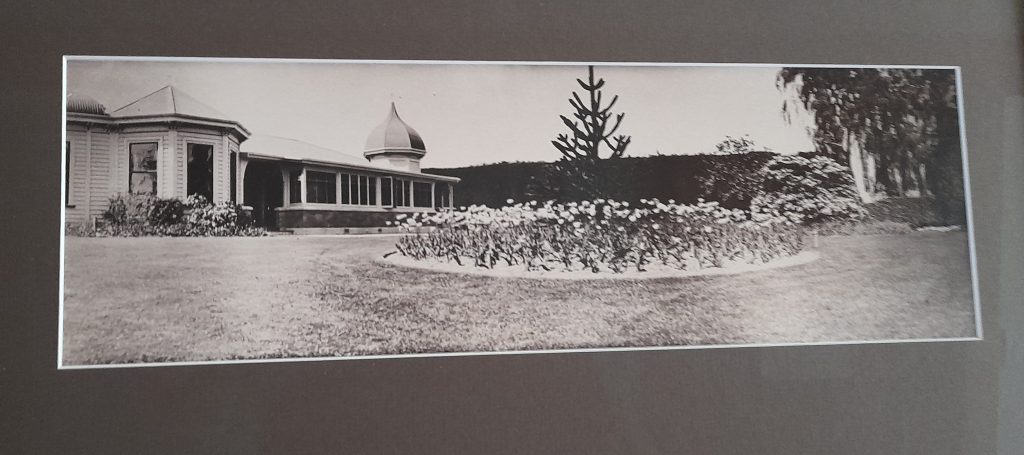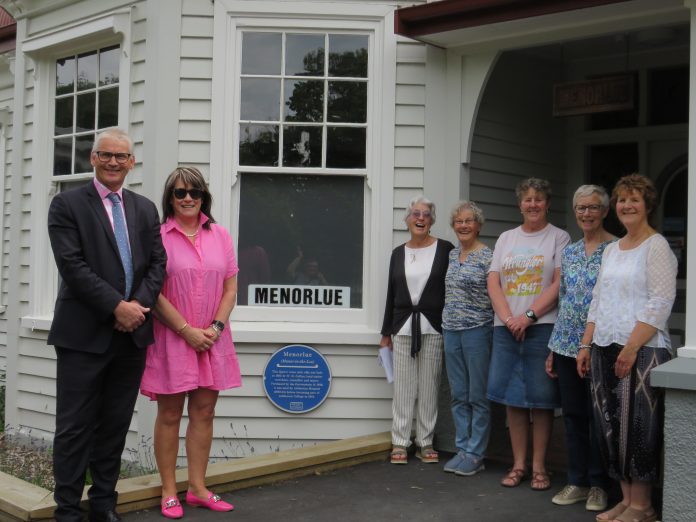
Menorlue, a grand 1894 Queen-Anne style villa at Ashburton College, has been awarded a blue plaque from Historic Places Mid Canterbury.
The plaque was unveiled last month by Historic Places’ Maxine Watson, in front of fellow members and college staff.
Maxine spoke about Menorlue’s history involving original homeowner, businessman and mayor William Henry Collins, and a battle to save it from demolition.
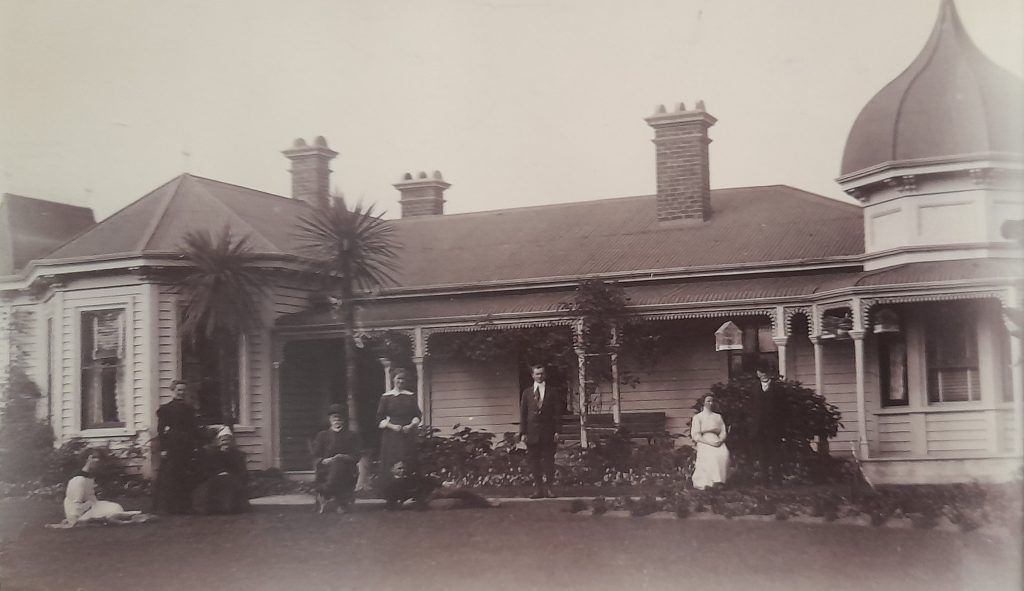
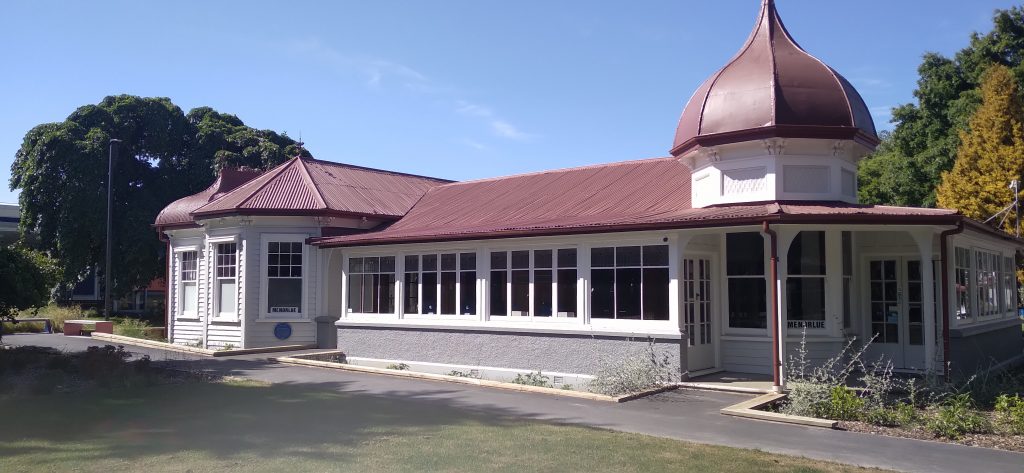
Collins emigrated from Cornwall, England, in 1865, aged 19, after completing an engineering apprenticeship.
He spent time on the West Coast goldfields before arriving in Ashburton in 1878.
He founded timber, hardware and joinery business WH Collins & Co, the forerunner of today’s Mitre 10.
Collins also purchased 3.5ha (eventually increased to 9ha) between the then North West Town Belt and Middle Rd, where he built his family home and named it after the family farm he grew up on.
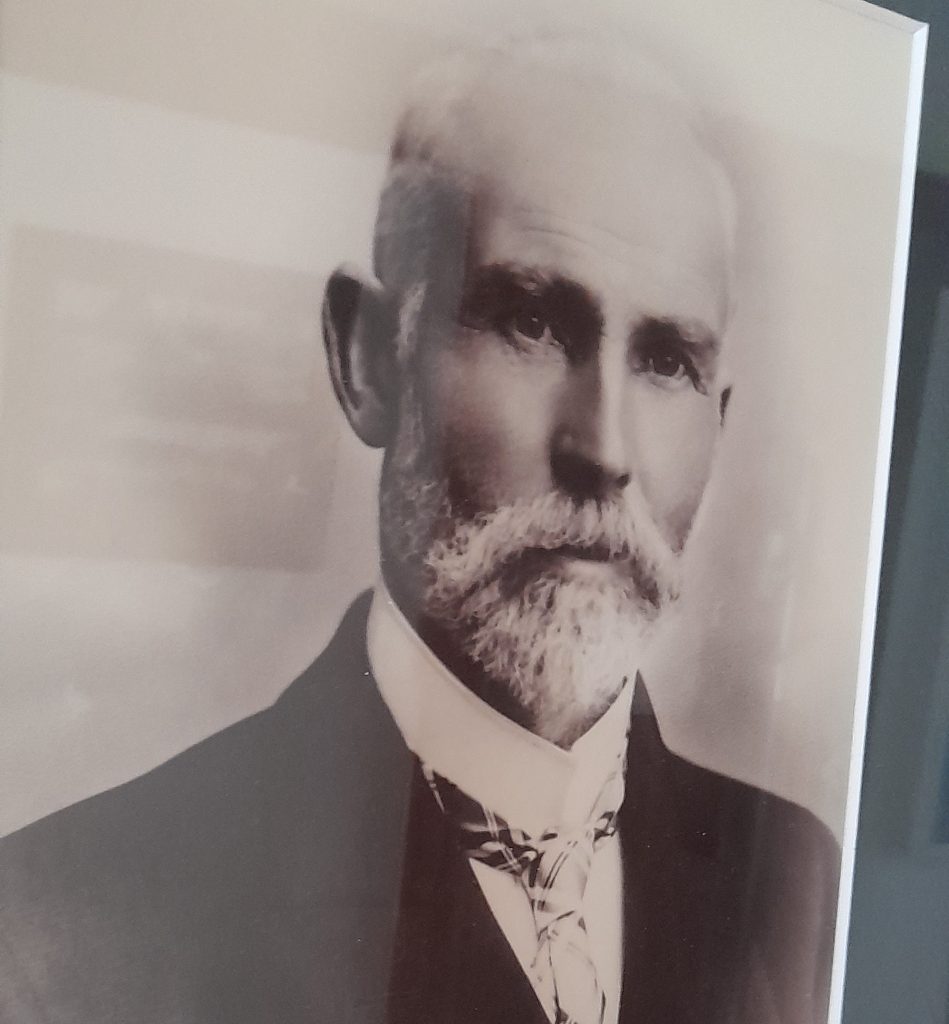
Menorlue means Manor-in-the-Lea or sheltered place.
Situated in spacious gardens with large and beautiful trees, Menorlue was the venue for many garden parties and public functions.
Collins had a great interest in education.
‘‘He fought hard, against considerable opposition, for the establishment of the Ashburton Technical School, achieved in 1912,’’ Maxine said.
After his death in 1916, family members remained in the home until 1950, when it was taken over by the government under the Public Works Act 1928.
‘‘The land was initially earmarked for an intermediate school and sports grounds, but in 1953 the Ashburton Hospital Board claimed it to provide accommodation for visiting medical staff,’’ Maxine said.
During the 1950s, Collins’ land became crucial in future education plans, being referred to as ‘‘the Middle Rd site’’.
While the preference was for new or expanded high schools on the existing Ashburton High School and Hakatere Technical College sites, the Middle Rd site prevailed, becoming the new Ashburton College, opening in 1965.
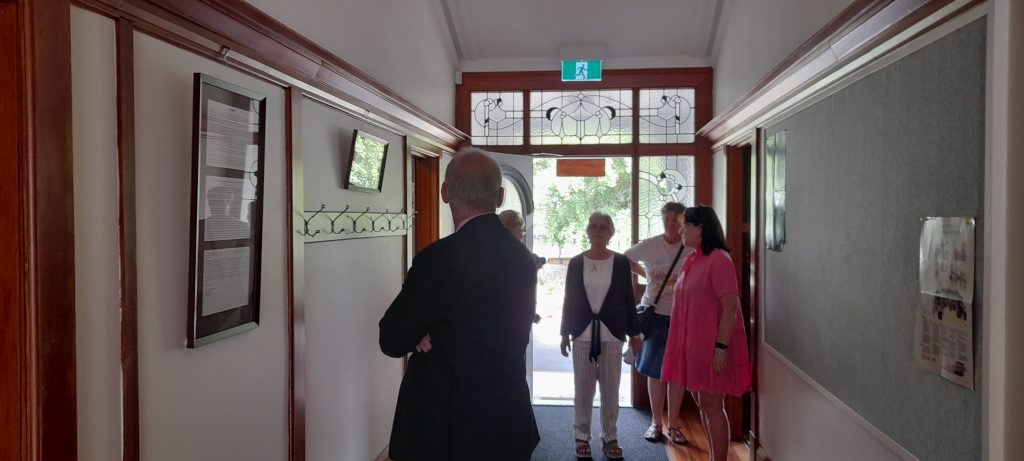
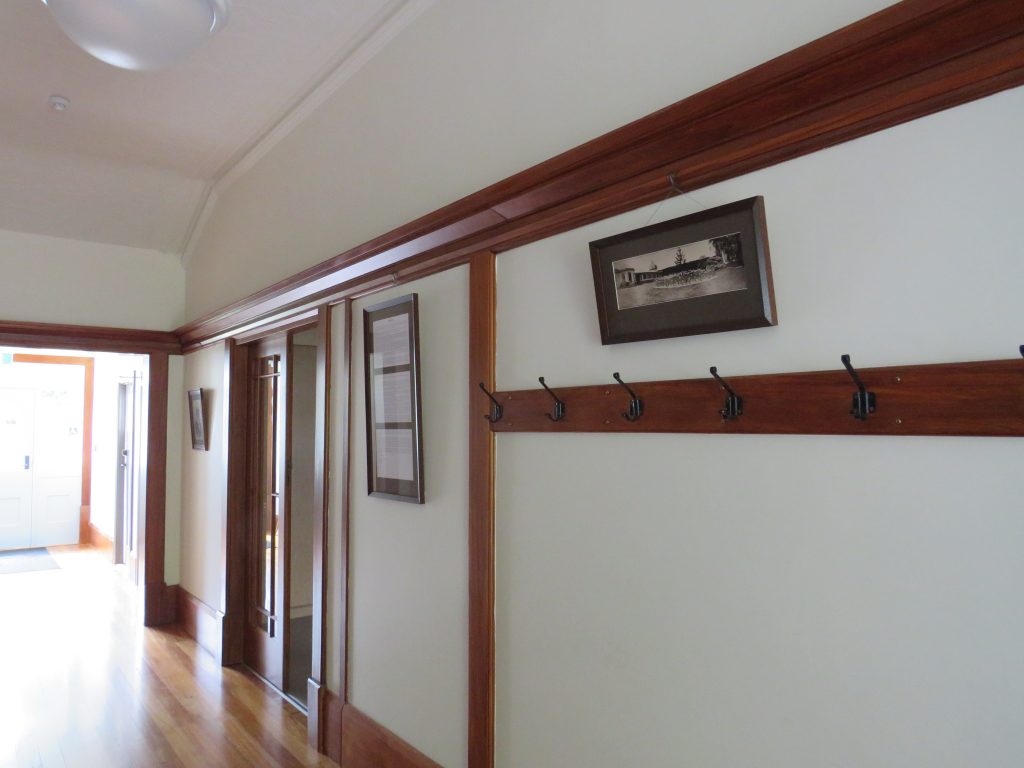
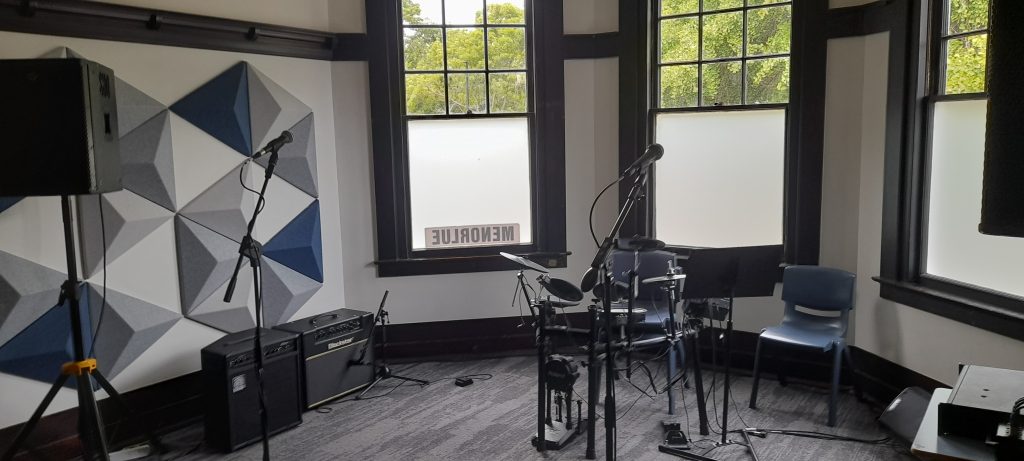
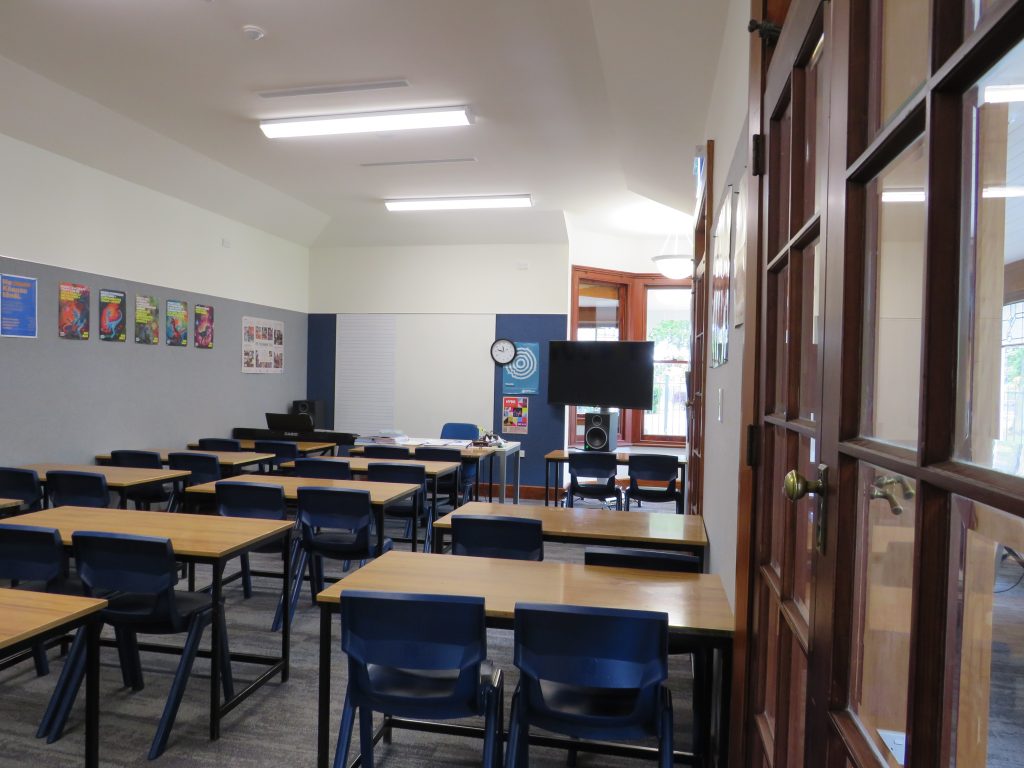
‘‘The ensuing years saw question marks hang over the future of the building. Though it was owned by Ministry of Education, it did not for many years acknowledge this, nor did it provide funding for its upkeep,’’ Maxine said.
The college board undertook maintenance, as the building served as a base for community education, extra classroom space and property administration offices.
‘‘Menorlue’s future again hung in the balance when the college was granted funding to rebuild its ageing classrooms. Disregarded by some as ‘an old building on the site that would be removed or demolished’, Historic Places Mid Canterbury became involved,’’ she said.
‘‘The building was protected against demolition or removal in the first instance by its heritage listing on the district council’s district plan.
“Also government policy for the protection of heritage sites on government land had come into play in 2005 and, when researched, it was discovered the Ministry of Education had its own policy which protected heritage buildings and sites such as Menorlue.
‘‘The result has been the repair and upgrade of the building with great care for its heritage features and its importance to the Ashburton community. What can be seen now is a revitalised, repurposed and useful space integrated in the fabric of the college there to be used and enjoyed for many years to come.’’
